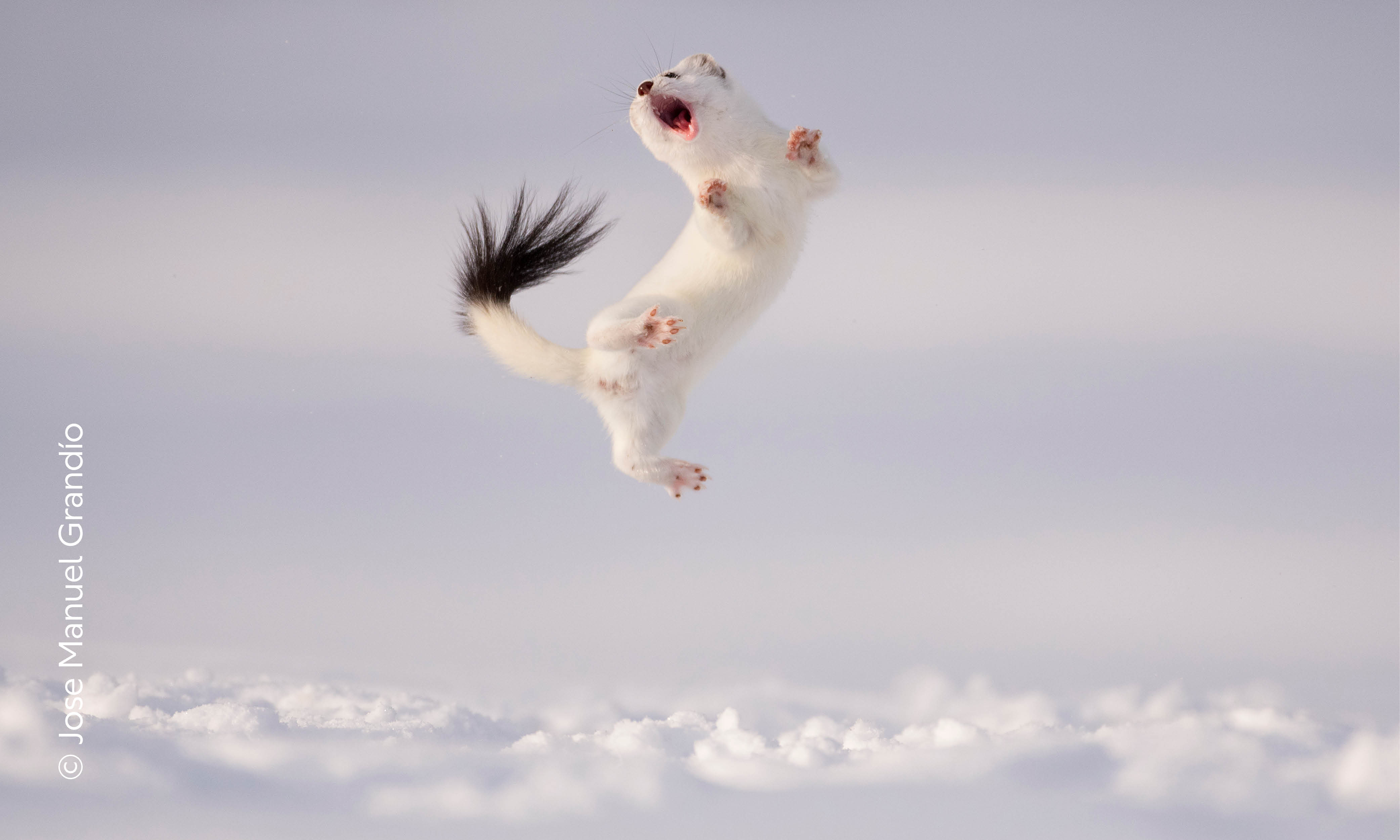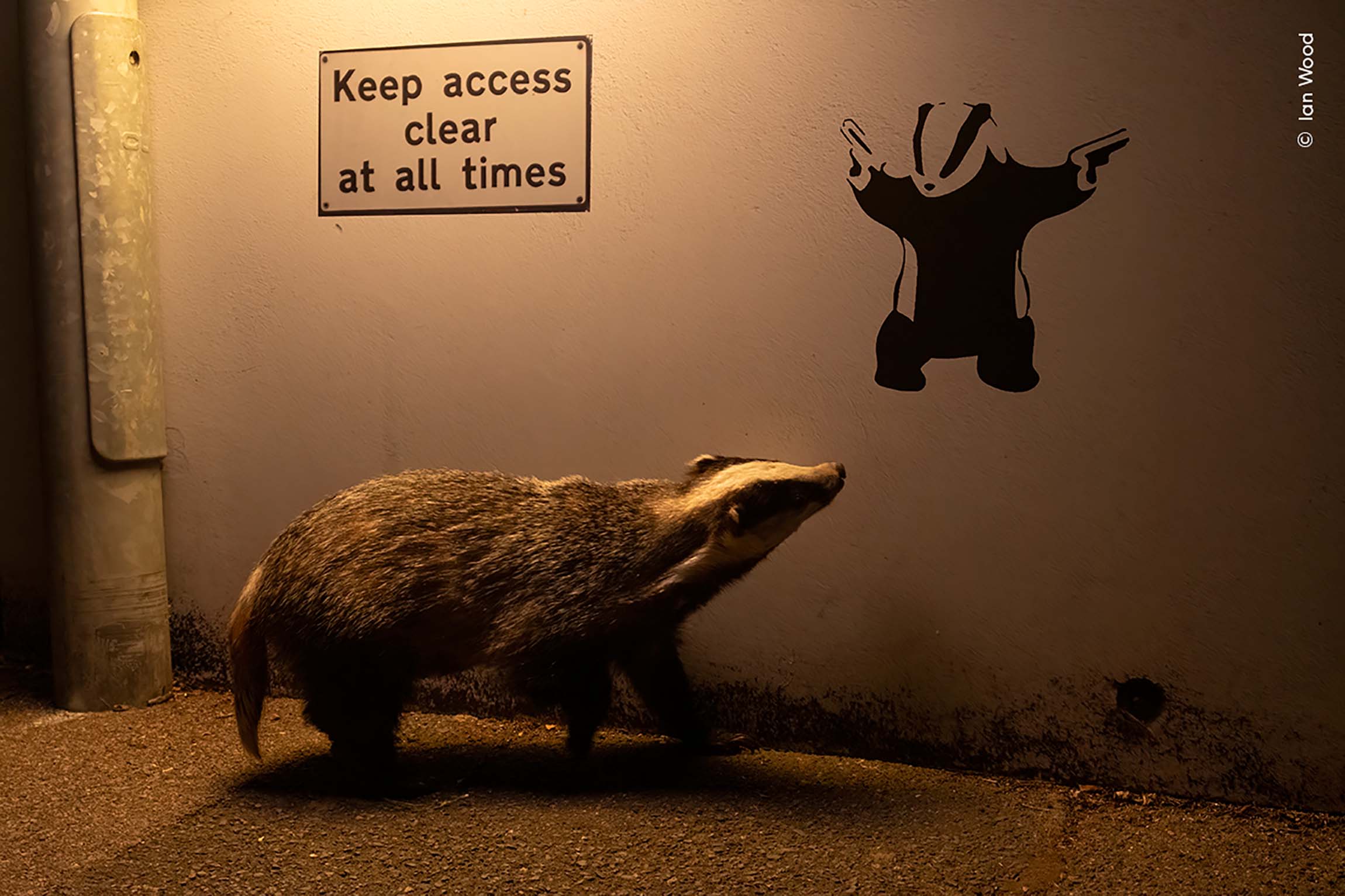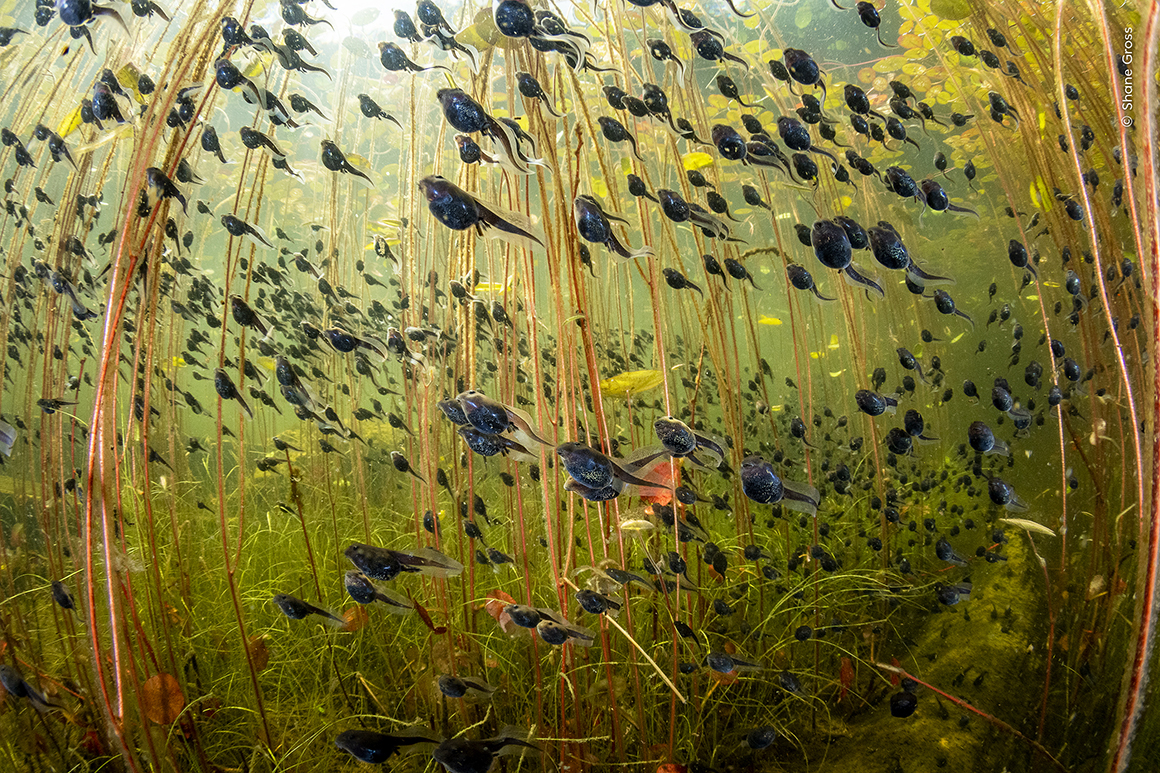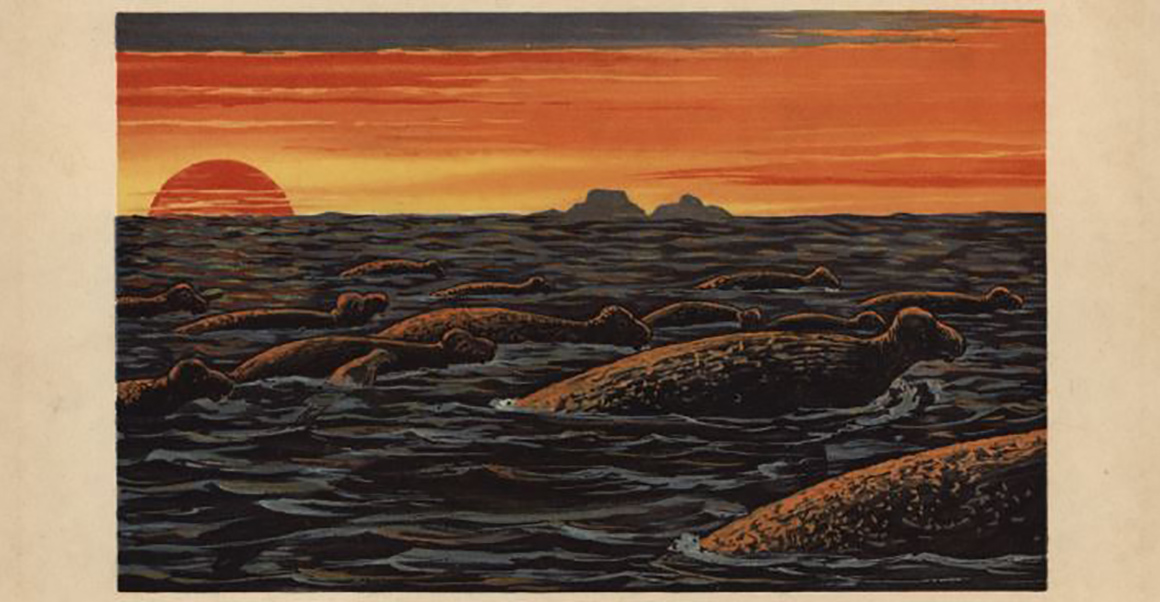Each winter, manatees gather in the warm springs of Florida, USA. A popular destination for these docile mammals is Crystal River.
However, in many of the state’s waterways, pollution has led to an excess of algae, which in turn has destroyed the seagrass manatees feed on.
Photographer Jason Gulley has witnessed a resurgence of manatees following the work of the local community to clean up the river.
Jason wakes up when it’s still dark and begins the more than an hour drive from his flat in Tampa across Florida to Crystal River. Once there, he prepares his equipment, puts on his drysuit and enters the water, all before sunrise.
It’s a fresh spring morning and the water is about 22°C, a temperature some would find reasonable for a swim. But imagine floating still for hours trying to blend into the environment, and suddenly it doesn’t feel so warm.
Jason willingly endures the cold for a chance to photograph the Florida manatee – a subspecies of the West Indian manatee.
With the shape of a seal, the snout of a hippo and the sluggishness of a sloth, manatees are sometimes referred to as sea cows. But these gentle giants are actually more closely related to elephants. They belong to the Sirenia order – a group of mammals that evolved on land before returning to the ocean.
Like all mammals, they have backbones and diaphragms and produce milk to feed their young. Maybe we should cut sailors who mistook manatees for mermaids a little slack, though it certainly takes a creative mind to make the connection.
In the end, the manatees reward Jason for his patience. “They’re pretty photogenic,” he says modestly. “There aren’t many days when I get in the water and I don’t come back with a couple of good photographs.”
In 2024, his picture As Clear as Crystal of a manatee mother and calf was Highly Commended in the sixtieth Wildlife Photographer of the Year competition.
However, wholesome pictures such as that one aren’t always the norm in Jason’s job.
Threats to manatees
In 2021 and 2022, a couple of years after Jason started photographing the Florida manatee, something happened that put his work in perspective.
In Indian River Lagoon, some 260 kilometres from Crystal River, a record-breaking number of manatees were dying because of pollution.
Sewage and fertiliser caused algae to grow uncontrollably in the area, causing the death of seagrass – manatees’ main food source. As a result, nearly 2,000 manatees starved to death.
“Biologists had never seen anything like it,” Jason recalls. “That was really when I first started thinking about manatees as part of a project.” A full photography project, as Jason can attest to, can reveal the complexities of a situation.
The threats to manatees are many and sometimes contradictory.
Industrial expansion damages their habitat, but it also provides artificial warm water, which manatees rely on. In winter, instead of migrating south of the continent as their ancestors did, they gather near ageing power plants.
Many of these plants are now shutting down and being replaced by clean energy sources that don’t generate as much heat. This means major habitat loss for manatees. Teaching them to migrate again isn’t feasible, so without alternative solutions, their survival is at risk.
According to our marine mammal expert Richard Sabin, human activity is the main threat. “Marine and freshwater mammals are often occupying areas that humans are expanding into or wanting to extract resources from,” he explains. It is, as he puts it, “a battle on a number of different fronts”.
The growth of industry is only one concern. Tourism is another. From boats hitting manatees to people disturbing mothers and calves, even well-intended ecotourism can disrupt them.
“You might actually push them out of a feeding zone or cause them to behave in a way that puts them at some kind of risk,” says Richard.
It’s easy to see why people love manatees. Their graceful, unhurried nature evokes a sense of peace. Yet the very fascination they inspire can also put them at risk.
In his book Last Chance to See: In the Footsteps of Douglas Adams, conservationist Mark Carwardine reflects on his first encounter with a manatee. He notes how, much like the dodo, their placid temperament made it easy for humans to drive them towards extinction.
At the same time, their gentle nature is also what compels people to rally behind conservation efforts to save them.
What’s being done to save manatees?
In Jason’s view, the positive aspects of responsible ecotourism outweigh the negative ones.
For one thing, the local economy is dependent on tourism related to manatees. But more than this, Jason’s found that visiting the manatees has a profound impact on tourists. “It’s clear that they’ve been deeply emotionally touched on some level by being able to see a manatee in the wild,” he says.
Jason, who began his career as a geologist, has a burning passion for making people care about how humans impact the planet.
In Crystal River, he sees an outstanding example of a community coming together to fix what seemed unfixable. He says people who grew up in the town in the 1960s describe the water back then as being as clear as air, “very much like the Bahamas”. As the town developed and sewage got routed into Crystal River, visibility in the water declined to just a couple of metres at best. This pollution then caused an explosion of algae.
Rather than accept the decline, the community fought back. “They literally just went out with rakes and started scooping up the algae by hand,” Jason explains. In 2015, the community gathered a combination of state and private money to hire aquatic restoration firm Sea & Shoreline to figure out how to restore the environment.
Many biologists, as well as state and federal agencies, didn’t think the project would succeed, as previous attempts at restoration had failed, but persistence paid off. Each failure taught them something new and they refined their approach until success was possible.
Over a decade later, the community is using what they learned as a road map to help other parts of the state address their water problems.
Inspiring conservation through photography
Jason remains in awe of the landscapes in his own local area and he hopes his work inspires people to get involved in conservation efforts.
People can help by donating to environmental organisations, joining restoration projects and societies or supporting legal causes against polluting developments. Sharing content and entering competitions such as Wildlife Photographer of the Year helps to raise awareness.
For aspiring wildlife photographers, Jason’s advice is simple. “Find something in your backyard that you have great access to and become the best photographer of that subject that you can.”
A great photograph isn’t enough, “you have to show judges something that they’ve never seen before,” Jason says. “You have to know what all of the other photographs of that subject look like.”
Before photographing manatees for National Geographic magazine, Jason studied every image taken by photographers Paul Nicklen and Brian Skerry. “I [had] to know exactly what those guys photographed and then not take those pictures,” he recalls. Unlike Paul and Brian, Jason’s subjects are near to where he lives, and he makes the most of that advantage.
The future for manatees
Manatees have survived shifting tides – both natural and human made – but their future remains uncertain.
Jason acknowledges this but remains optimistic. “The die-off that happened in Florida was nothing short of a tragedy,” he admits. But he also highlights the huge increase in manatee numbers thanks to the efforts of the authorities and the local community. “It wasn’t that long ago that there weren’t 2,000 manatees available to die.”
His job constantly reminds him that conservation isn’t just about protecting a species, it’s about preserving the delicate balance of an entire ecosystem. Crystal River’s success proves that change is possible when communities take action.
Whether through advocacy, responsible tourism or simply sharing their story, everyone has a role to play. The question isn’t whether manatees can survive, but whether we’ll do what it takes to make it happen.
Come and experience the wonder of life on Earth through this and other pictures featured in the Wildlife Photographer of the Year exhibition.









Don't miss a thing
Receive email updates about our news, science, exhibitions, events, products, services and fundraising activities. We may occasionally include third-party content from our corporate partners and other museums. We will not share your personal details with these third parties. You must be over the age of 13. Privacy notice.
Follow us on social media